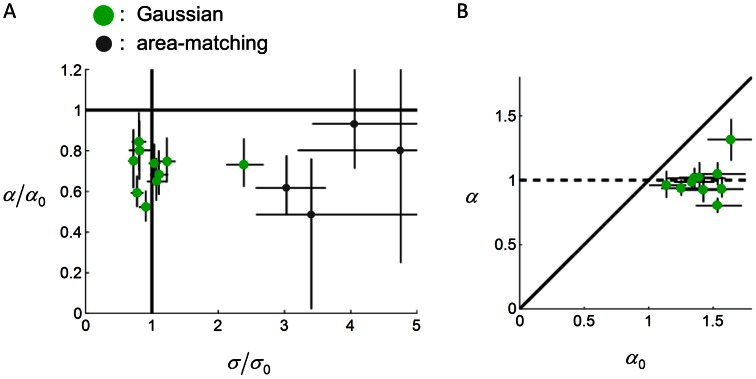Figure 4. Subjects' models in probability choices in Experiment 1.
Each circle denotes one subject. Error bars denote 95% confidence intervals.  and
and  are the variance and anisotropy parameters of the true distribution
are the variance and anisotropy parameters of the true distribution  (Eq. 3).
(Eq. 3).  and
and  are their counterparts in the subject's model
are their counterparts in the subject's model  (Eq. 4). A.
(Eq. 4). A.  plotted against
plotted against  . Among the 18 subjects, 10 subjects (the Gaussian type, in green) were better fit by the Gaussian model, who had internal variance close to true (
. Among the 18 subjects, 10 subjects (the Gaussian type, in green) were better fit by the Gaussian model, who had internal variance close to true ( close to 1) but who underestimated the vertical anisotropy of their true distribution (
close to 1) but who underestimated the vertical anisotropy of their true distribution ( ). The remaining 8 subjects (the area-matching type, in gray) were better fit by the area-matching model, as if they were comparing the areas rather than the probabilities of hit of the targets. Four subjects of the area-matching type resulted in too large
). The remaining 8 subjects (the area-matching type, in gray) were better fit by the area-matching model, as if they were comparing the areas rather than the probabilities of hit of the targets. Four subjects of the area-matching type resulted in too large  (13, 19, 57, 889) and were not plotted. b.
(13, 19, 57, 889) and were not plotted. b.  plotted against
plotted against  for subjects of the Gaussian type. Note that
for subjects of the Gaussian type. Note that  was close to 1 regardless of the value of
was close to 1 regardless of the value of  for most subjects. That is, the distribution was incorrectly assumed to be isotropic in subjects' model.
for most subjects. That is, the distribution was incorrectly assumed to be isotropic in subjects' model.

